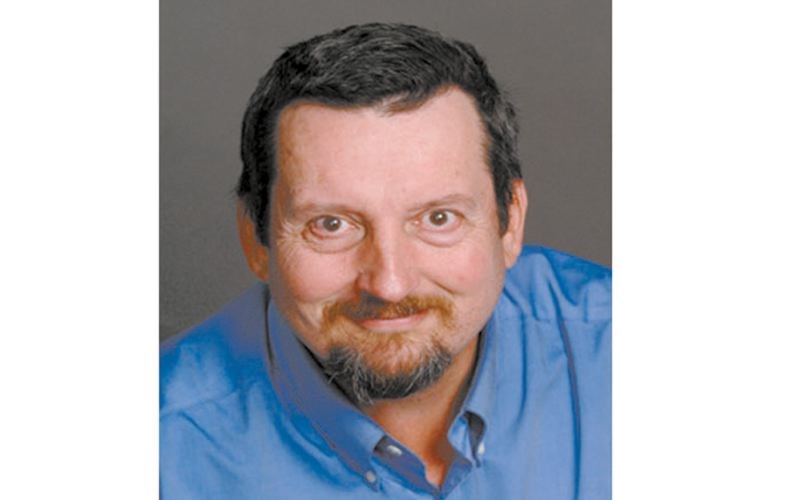Following up on last week's column, a recent pictorial on cancer in Nature made the statement: "Despite a huge amount of funding and research, regional and individual differences in cancer trends make it a hard disease to wipe out."
As I said last week, cancer comprises a myriad of diseases and affects people in very different ways. It is not a singular disease. It results from DNA damage and as long as the potential for DNA damage exists then some cells will become cancerous.
It is not like a cold or pneumonia or a host of other diseases that afflict people every day. There isn't a vector. No bacteria or viral agent that we can destroy, in most cases.
We have been so successful in eliminating small pox, polio, tuberculosis, and other diseases because there was a specific organism that we could wipe out. Once we have identified and eliminated the causative agent, the disease appears to have been eradicated.
In any case, most cancers are an internal issue where programming in the cell has gone wrong and the cell divides unchecked. They can't yet be eradicated with vaccines nor can they be cured in the same way.
An anti-cancer antibiotic would have nothing to act on except the cells in the host's body and that is fraught with difficulty.
There are some forms of cancer which do appear to be caused by infection, such as the human papillomavirus (HPV). As of 2008, these accounted for 16 per cent of the cases although, as other forms of cancer are on the decline, the number might be a bit misleading.
The development of vaccines for cancers caused by infection is possible, preventing the disease in the first place and with a rigorous program of vaccination it is possible that HPV, for example, will eventually be eradicated.
Advances in treating other cancers depend upon our understanding of cellular biochemistry. Many treatments have emerged as we understand the basic mechanisms involved. Mortality rates for many forms of cancer are on the decline. We might not be able to stop people from developing cancerous cells but we may be able to stop the cells from becoming a tumor and being fatal.
One hope is the gene TP53, which produces a protein called p53. It is an unfortunate name as it doesn't really mean much other than it is a "protein that has a mass of 53 kiloDaltons" and it has been recently determined there are at least 12 isoforms ranging in size from 28 kDaltons to 53 kDaltons.
Despite the inaccurate moniker, there are some researchers that view p53 as the guardian of the cell's genome and, by extension, the best hope for controlling cancer. It is a tumor suppressor in animals.
Under normal conditions, p53 is inactivated by a negative regulator, called mdm2. As long as there is enough mdm2 around, p53 remains quiet. However, when damage occurs in the cell or to DNA, other molecules reduce the amount of mdm2 and p53 kicks into action.
In its anti-cancer role, p53 can do one of three things. It can activate the DNA repair proteins directly and immediately.
It can also arrest cell growth at a point in the cycle called G1/S and hold it there until repairs to the DNA can be accomplished. Then the cell can continue replicating.
It might also find the DNA to be irreparably damaged in which case it initiates apoptosis or programmed cell death. Essentially, it tells the cell to commit suicide.
The activation of p53 occurs in response to a myriad of stress types, aside from DNA damage by UV light or by chemical agents, such as osmotic shock, oxidative stress, ribonucleotide depletion, or deregulated oncogene expression. In essence, it is a protein that has evolved to protect the genome.
The importance of p53 to the growth of tumors is observable in the negative since in about 50 per cent of cancerous tumors the TP53 gene, which encodes for the protein, is damaged. Further, people who inherit only one functional copy of the gene are more likely to develop tumors in early adulthood, a disease known as Li-Fraumeni syndrome.
Can't we just replace the damaged gene? Not yet as it is present and active in every cell in the body. Nor can we simply supply people with the protein as it is readily degraded in the cell. It is a regulated protein.
The answer, of course, is to avoid activities that can lead to DNA damage in the first place. Avoiding exposure to UV light or carcinogenic compounds such as the compounds in cigarette smoke are a good starting point. But some of us inherit bad genes in the first place.
In the end, cancer will likely always be with us but with early detection and better treatment techniques it does not have to be a deadly disease.



